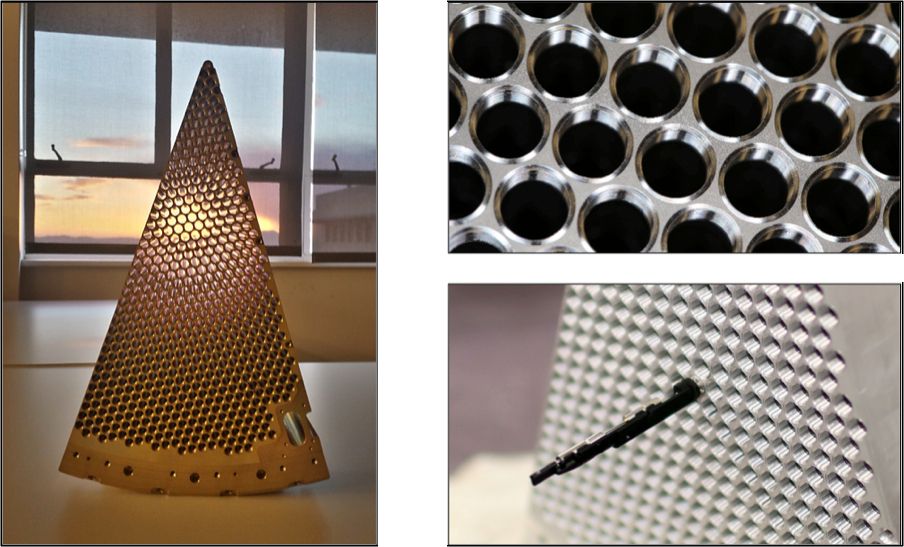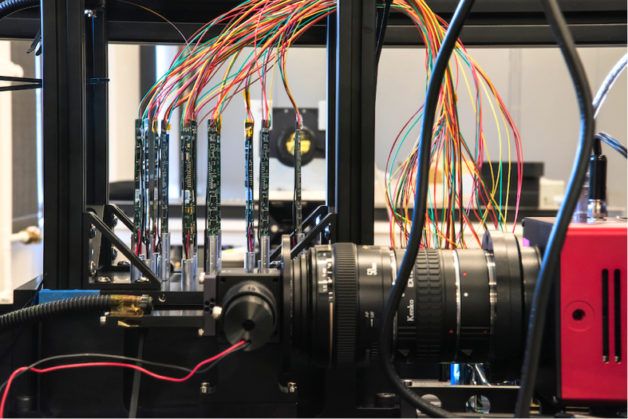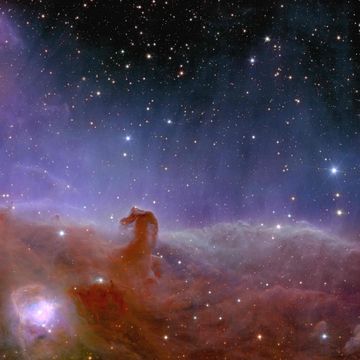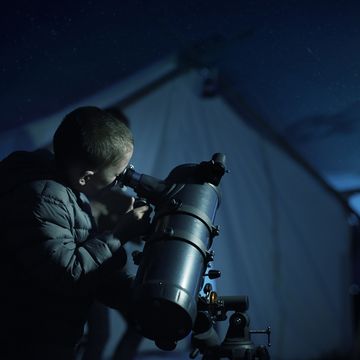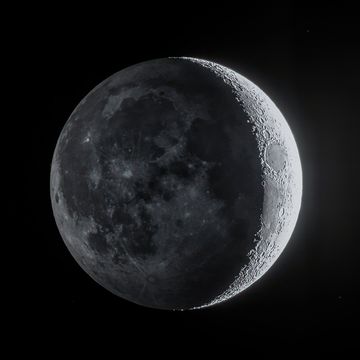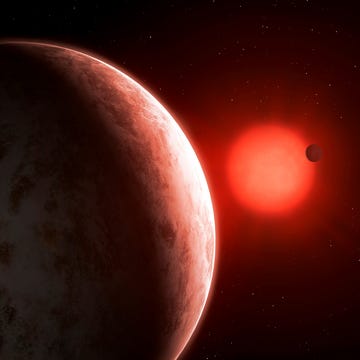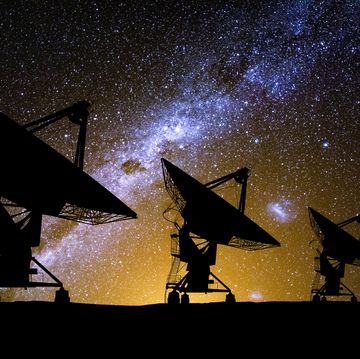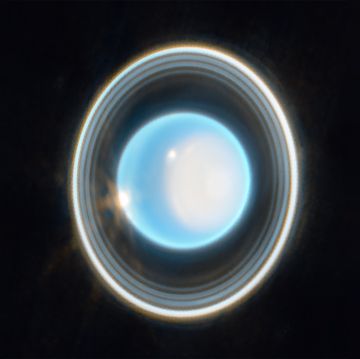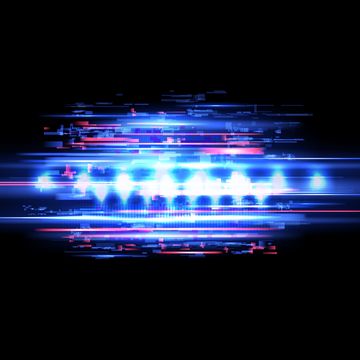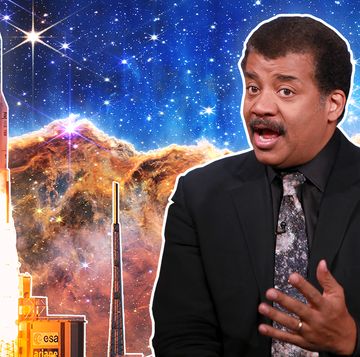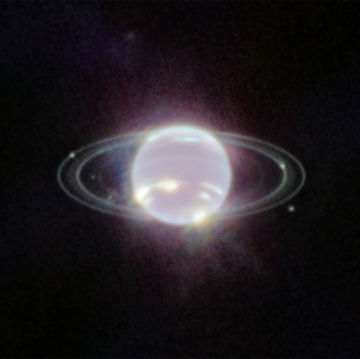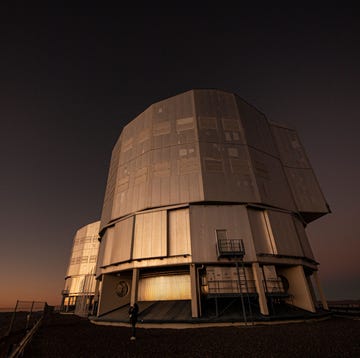A 3D mapping project that will measure the light of millions of galaxies has received the green light from the Department of Energy (DOE). Scheduled to take its first observations in 2019, the Dark Energy Spectroscopic Instrument (DESI) is being designed by the Lawrence Berkeley National Laboratory to provide information about the properties of galaxies, stars, and quasars—especially their relative movement. DESI could provide crucial information about the acceleration of the expanding universe.
Critical Decision 3, as the the DOE approval is called, allows for spending on one of the bigger portions of DESI: The completion of 5,000 finger-width, 10-inch-long cylindrical robots that will point fiber-optic cables at stars, galaxies, and other targets to gather their light. The instrument will have the ability to look as far back as 11 billion light years.
The observations will provide information on how these celestial bodies are moving thanks to the Doppler effect (the light from objects moving toward us appears more blue, while objects moving away appear more red). "The DESI map of galaxies will reveal patterns that result from the interplay of pressure and gravity in the first 400,000 years after the Big Bang," said Daniel Eisenstein of Harvard University, a DESI co-spokesperson, in a press release. "We'll be using these subtle fingerprints to study the expansion history of the universe."
Once completed, DESI will spend its first five years rotating through separate sets of objects several times each hour. The intention is to cover a third of the sky. DESI will be looking out into space with six lenses—the largest of them 1.1 meters in diameter—which cost about a million dollars each. The Berkeley National Lab already has some experience operating the complicated instrument thanks to ProtoDESI, a crucial trial run in working with the worm-like robots that will control the fiber-optic cables.
With a fast track toward funding, things will only get more complex, which couldn't make DESI Director Michael Levi any happier. "Now the hard work accelerates," he says.
Source: Lawrence Berkeley National Laboratory
David Grossman is a staff writer for PopularMechanics.com. He's previously written for The Verge, Rolling Stone, The New Republic and several other publications. He's based out of Brooklyn.

